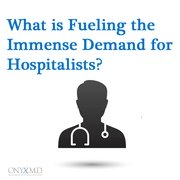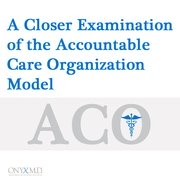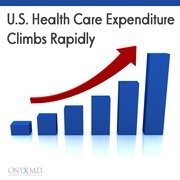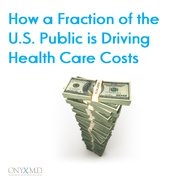
Is just being a good doctor good enough to get the job?
What practice owners are REALLY looking for in a physician hire. The medical profession is currently in a state of upheaval. There is massive professional dissatisfaction among longtime physicians as well as those just entering the field. This has created an environment of heightened migration, as doctors move from organization to organization to find a more satisfying setting. This general dissatisfaction has led many physicians the desire to leave the profession all together. Furthermore, the general consolidation throughout the industry has shunted many private practice physicians into employment situations. A report from Accenture reveals that the number of independent physicians has dropped from 57 percent in 2000 to 33 percent in 2015. This is a staggering trend that has put doctors in a precarious situation and reminds me of a…









